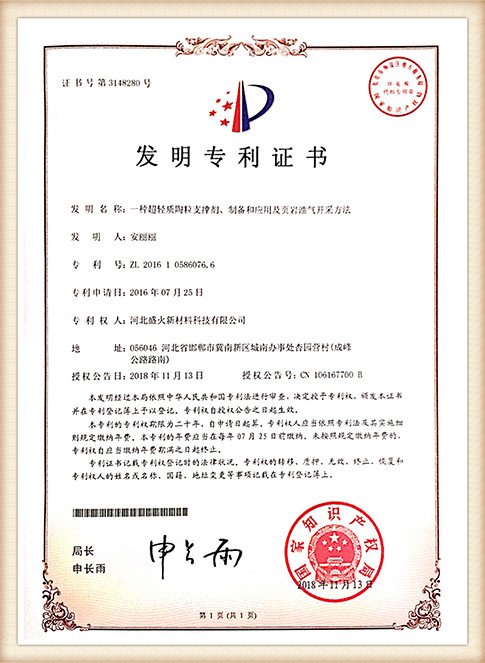Understanding Cerabeads Sand A Revolutionary Material in Industrial Applications
In the realm of advanced materials, cerabeads sand has emerged as an innovative solution, transforming various industrial processes and applications. Known for its unique properties and versatility, cerabeads sand is increasingly being utilized in a range of settings, from foundries to precision casting and even in the realm of construction.
Cerabeads is a synthetic ceramic material created through a carefully controlled process that ensures uniformity in size and shape. The beads are produced from high-quality raw materials, resulting in a product that exhibits exceptional durability and performance. Unlike traditional sand, cerabeads are non-glass, eliminating concerns about cracking or breaking under high temperatures. This makes cerabeads ideal for high-stress applications, where reliability and consistency are paramount.
One of the standout features of cerabeads sand is its spherical shape. This shape allows for improved flow properties, enhancing the efficiency of the molding process. In foundries, the use of cerabeads can lead to finer surface finishes and more intricate designs in cast components. The beads provide excellent flowability when mixed with binders, facilitating efficient packing and enabling manufacturers to achieve tight tolerances and precise details in their molds.
Moreover, cerabeads sand demonstrates superior thermal stability
. Its ability to withstand high temperatures and thermal shock makes it an excellent choice for applications involving metal casting, especially in industries such as aerospace, automotive, and machinery manufacturing. The high melting point ensures that cerabeads maintain their structural integrity even under extreme conditions, contributing to the overall quality of the final product.cerabeads sand

In addition to its mechanical properties, cerabeads sand is also environmentally friendly. Traditional sand can often contain impurities that may affect both the casting process and the final product's performance. Cerabeads, on the other hand, are produced in a controlled environment, resulting in a material that is free from contaminants. This not only ensures a more consistent product but also reduces the environmental impact associated with mining and processing natural sand.
Furthermore, the reuse and recycling potential of cerabeads sand is another significant advantage. After a casting process, the sand can be cleaned and reused multiple times without degrading its performance. This sustainability aspect appeals to manufacturers looking to reduce waste and minimize costs, making cerabeads a responsible choice for modern industries.
In addition to its applications in metal casting, cerabeads sand is also making waves in the field of construction. Its unique properties lend themselves well to producing lightweight, high-strength concrete mixtures, enhancing the performance of various construction materials. The incorporation of cerabeads can lead to lighter structures without compromising strength, thereby enabling architects and engineers to experiment with innovative designs.
In summary, cerabeads sand stands out as a remarkable material that is reshaping industrial practices across multiple sectors. Its unique combination of durability, thermal stability, and environmental friendliness makes it a preferred choice for manufacturers seeking efficiency and sustainability. As more industries recognize the benefits of cerabeads, it is likely that we will see its adoption grow, paving the way for advancements in casting technologies and construction materials. Embracing such innovative solutions can lead to significant progress in achieving higher quality standards while minimizing environmental impact, ultimately driving the future of manufacturing and construction towards a more sustainable path.
Post time:10月 . 31, 2024 22:12
Next:Understanding the Process and Benefits of Lost Foam Casting Techniques in Metal Shaping
